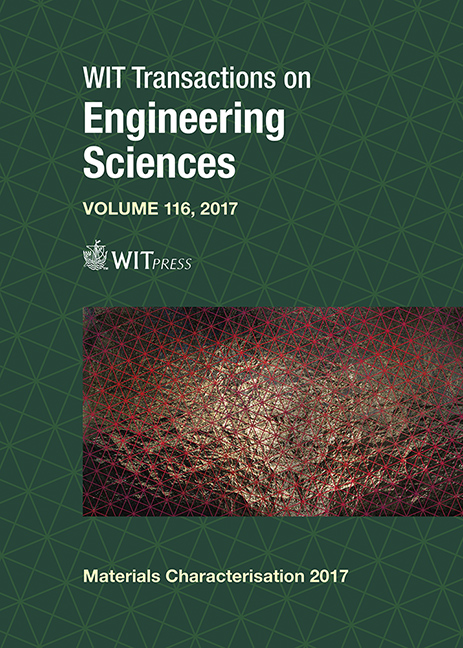INFLUENCE OF LASER SURFACE TREATMENT ON THE TENSILE SHEAR STRENGTH OF RESISTANCE WELDED CFRTP
Price
Free (open access)
Transaction
Volume
116
Pages
9
Page Range
289 - 297
Published
2017
Size
513 kb
Paper DOI
10.2495/MC170301
Copyright
WIT Press
Author(s)
KAZUTO TANAKA, MASATOSHI OKAMOTO, YUSUKE NAKANO, TSUTAO KATAYAMA
Abstract
In the automotive industry, Carbon Fiber Reinforced Thermoplastics (CFRTP), which have advantages in terms of high toughness, high productivity and high recycling efficiency, are expected to be used for automotive parts. Although the composite materials allow the integral molding of complicated structure, assembly of the vehicle still needs a lot of joints such as bolts and rivets. These fastening methods cause the increase of weight and require holes that cause stress concentration. In the aircraft industry, the technique for welding of CFRTP by direct resistance heating to metal mesh has been applied. Although this fastening method needs no holes, there is a problem of delamination between the metal mesh and matrix. Meanwhile, the direct resistance welding has been developed, in which carbon fibers are used for heating elements. However, further improvement of strength and reduction of the bonding area to allow light weight structures are required. One of the methods enhancing the bonding strength is surface treatment of CFRTP. Laser ablation is an environmentally friendly process of surface treatment that is high in productivity. In this study, in order to evaluate the influence of laser ablation on tensile shear strength, laser ablation was applied to the surface of CFRTP under different conditions. The shear strength was the highest under the conditions of laser scanning in the fiber direction with lower laser power.
Keywords
CFRTP, resistance welding, direct resistance heating, laser surface treatment, tensile shear test, bonding strength, polyamide 6, single fiber pull-out test, interfacial strength





